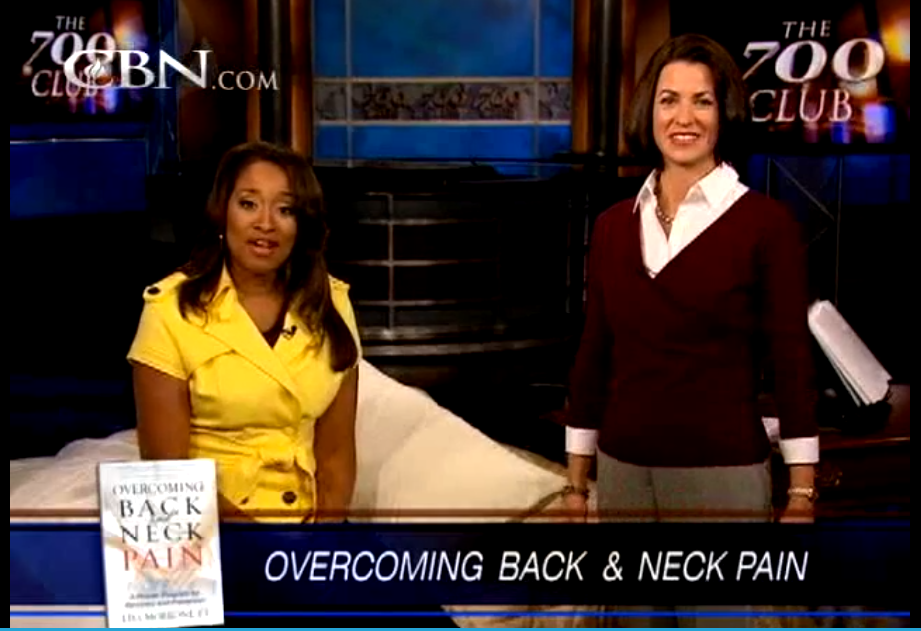The 5 L’s (and one B) of Lifting

Over the past 35 years I have treated many a patient who has injured their back lifting something they had no business lifting—especially given the way in which they lifted it!
When I was a new graduate, my first job offered our patients the opportunity to go to “Back School.” This day long course provided an education pertaining to postures, ergonomics, activities of daily living, and home exercises which would help to protect an “at risk spine.” Included was instruction in proper (safe) lifting techniques which I will now share with you in hopes that you will never become someone’s patient after employing a poor lifting technique.
Love on your spine with these 5 L’s of Lifting, and make sure to also use my trademark favorite, the “B.”
1-LOAD
Don’t be caught off guard by how heavy something is. Before the actual lift, always “sample” the weight of the object you plan on lifting with a nudge, rock to one side, or partial tip/lift.
2-LEVER
Get as close to the object as you can, even straddling the corner of it if possible. The closer the object’s weight is to your center of gravity (your pelvis) the less force you will place on your back.
3-LORDOSIS
This a fancy medical word for the backward, C-shaped, arch which should be maintained in your lower back (lumbar spine). By lifting a heavy object with your low back in an arched position, you will protect against disc bulges and, therefore, disc injury.
4-LEGS
The muscles God gave you in your thighs and buttocks are much larger than the muscles that run along your spine. Use them to your advantage. Always bend your knees when lifting a heavy object, and purposefully push down through your feet as you rise up with your lift so that the muscles in your back can act a “support staff” during the lift, rather than as your primary moving team.
5-LUNGS
Inhale as you bend down (from your knees) to grab hold of the load. Exhale slowly during your lift. Truth be told, this last “L” does more to protect your heart than your back. Holding one’s breath during exertion can potentially overload a weakened heart.
THE 1 “B”
Finally, you absolutely must use a “B,” when lifting, which stands for BRACE. Not the Velcro® type you wrap around the outside of your waist. Rather, an abdominal brace in which you gently draw your belly button in towards your spine. This simple action activates the core muscles of your entire back and pelvis allowing you to lift with a firm foundation.

